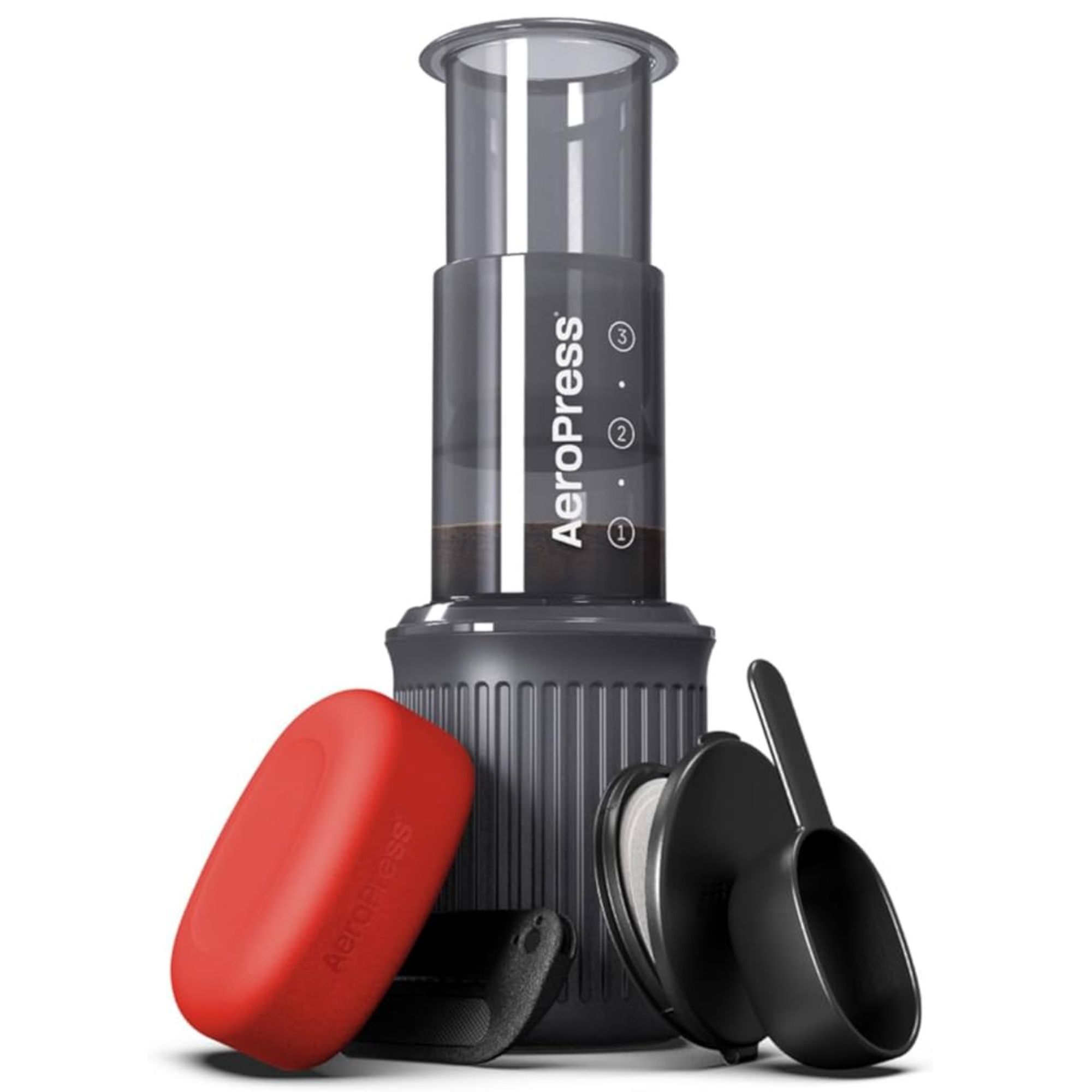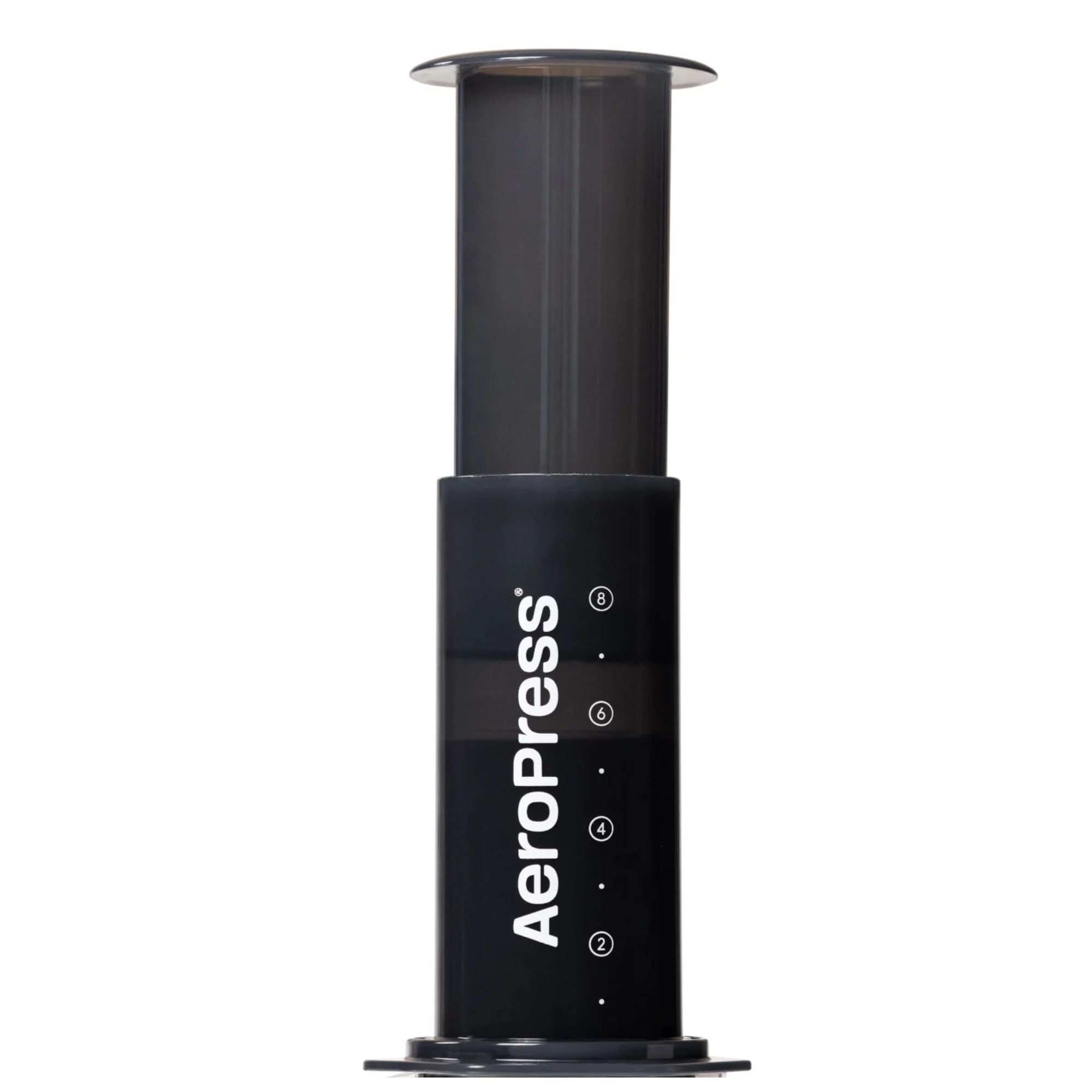Baristas are swapping French presses for AeroPresses – here's why you might want to make the switch too
We asked coffee experts which they preferred, French press or the Aeropress. You might be surprised to hear the answers
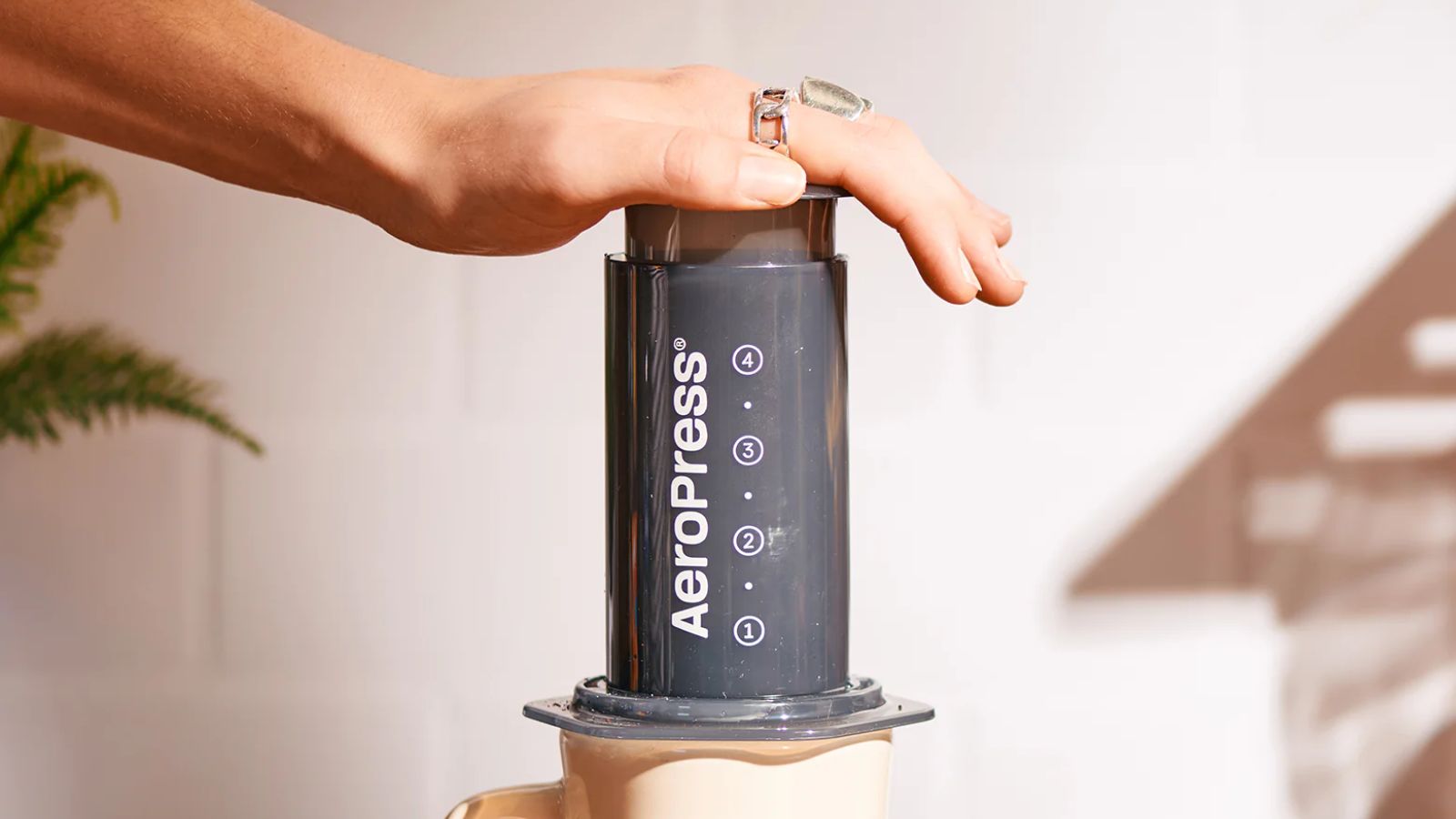

The AeroPress vs French press debate has blown up. Since launching their coffee maker, AeroPress has triggered a battle between modern, American brewing and traditional French techniques. From an outsider's perspective, the two look incredibly similar but they have very different offerings.
As a barista and a bit of a traditionalist, I love the trademarked, chic European brewing style brandished by French presses. I've recently finished my tests of all the best French presses, so I've been around some seriously nice models over the last few months. And yet, in spite of years of French press commitment, just one morning with the AeroPress had me converted.
I spoke with another barista and coffee expert, Kayla Stavridis, to find out whether it's just me getting torn between by beloved French press and the brand-new AeroPress. Is this portable, durable, speedy model the best coffee maker on the market?
A quick look at AeroPress vs French press
Before we geek out on the specifics of the AeroPress vs French press debate, I've put together a quick table that walks you through the fundamental differences between the two. It's really useful to have a quick look through if you're not quite sure on the specifics.
| Header Cell - Column 0 | AeroPress | French press |
|---|---|---|
| Materials | Tritan (BPA-free plastic) | Glass, metal, ceramic, plastic |
| Brewing process | Immersion and filtration | Immersion and filtration |
| Brewing speed | 1-3 minutes | 3-5 minuites |
| Brewing temperature | 185 °F | 200 °F |
| Servings | 6-8 oz | 8 -24 oz |
| Grind size | Medium fine (but can change) | Coarse |
| Flavor profiles | Clean and bold, but not bitter (minimal acidity) | Rich, acidic, bitter |
| Filter | Paper and metal | Metal |
| Versatility | Espresso-style, pour-over-style, French press-style, cold brew-style moka pot-style | French press, cold brew |
| Convenience | Portable | Hard to transport |
| Cleaning | Self-cleaning (wipe clean) | Notoriously fiddly |
| Cost | $40-70 | $20-120 |
| Environmental impact | Paper filters, 100% recyclable packaging | Metal mesh, not always recyclable packaging |
In a nutshell, a French press is a traditional way to brew bold, rich, and acidic cups of coffee. You can only make French press coffee (or cold brew if you can wait 18 hours) in one of these, but you can cater to bigger crowds and you all you need to do is add coarse coffee grounds and hot water to a big carafe.
An AeroPress is brilliant if you're often on the go or short on space because it's completely portable. It's made from a BPA-free plastic, called Tritan, which feels surprisingly premium. You can use different sized coffee grounds when brewing, but I'd recommend you start on medium-fine to find your bearings. Once you're comfortable you can also get really techy and creative with the kinds of coffee you make in your AeroPress. In fact, there's a whole community experimenting with different recipes (punnily known as AeroPrecipes). There's even an annual AeroPress championship. It's a whole lifestyle, not just a coffee maker – maybe that's why people love them so much.
How does an AeroPress work?

The AeroPress is a relative baby in the world of coffee makers. It came to market in 2005 and has taken over 60 countries worldwide by a storm. AeroPresses are made by the namesake company. These coffee makers tend to stand around 5.5 inches and weigh around 6.3 oz. The brand makes a few different models, but the most popular is the Original. The Go is great for those who travel a lot and the XL is brilliant if you need some more capacity, but I'll go into a bit more detail on those below.
AeroPresses work in the same way as French presses do. You'll need medium-fine grounds (although once you get used to this style of brewing you can switch it up) and some hot water. Let your coffee grounds immerse in the water, and then, using a paper and a metal filter, you extract a smooth cup of coffee from your AeroPress.
Kayla Stavridis, a former barista and coffee expert, says that 'the one to two minute brewing time for AeroPresses is much shorter compared to a French press, which means that it will taste rich, smoother, and less bitter. It's cleaner too because it doesn't have the oils and sediments that French press coffee is known for.' If you need speedy, smooth coffee, this is for you.
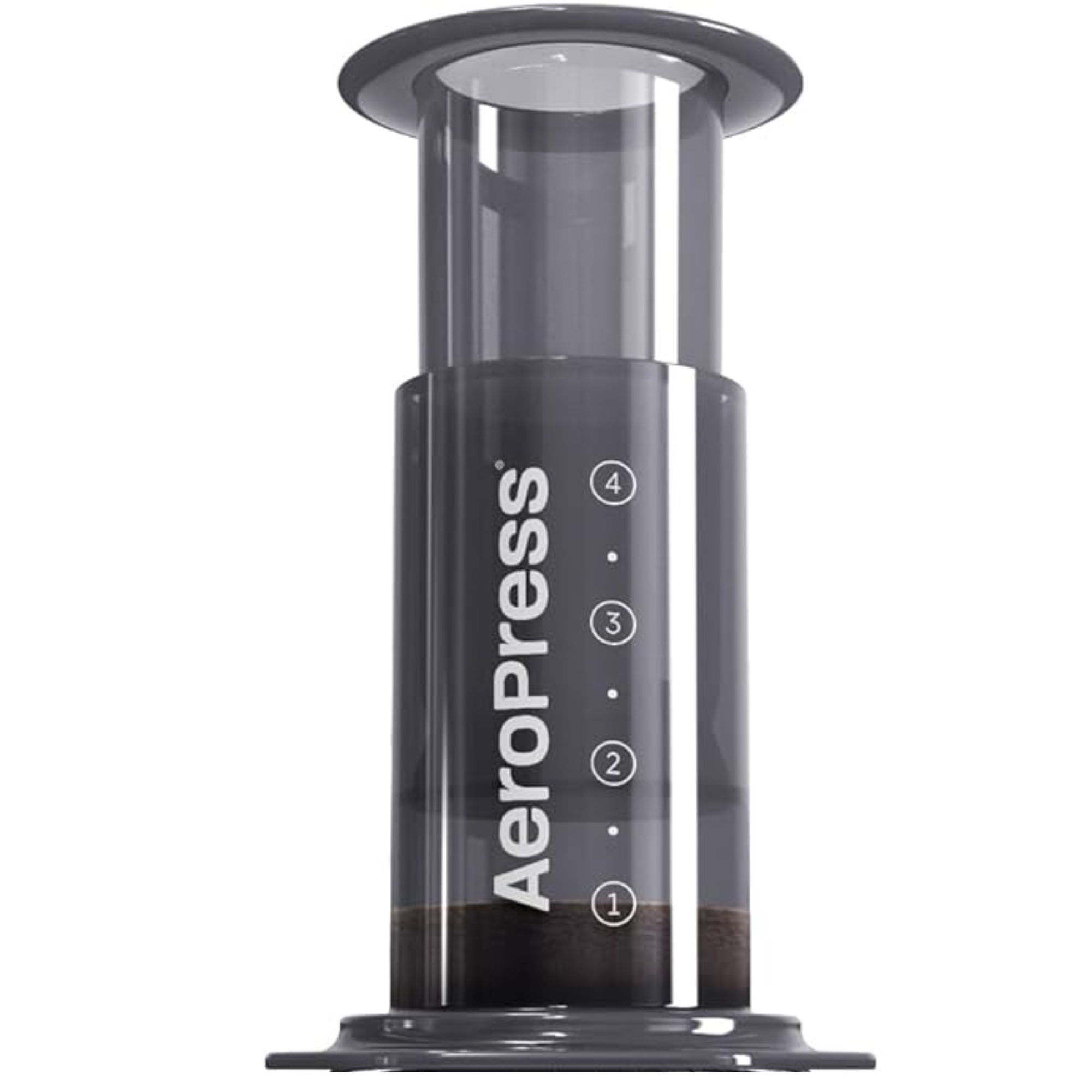
This is the classic AeroPress. It's not the most beautiful, but it makes controlling the water temperature, coffee quality, grind size, brew times, and blooming easily. It's durable and the most versatile AeroPress on offer.
How does a French press work?
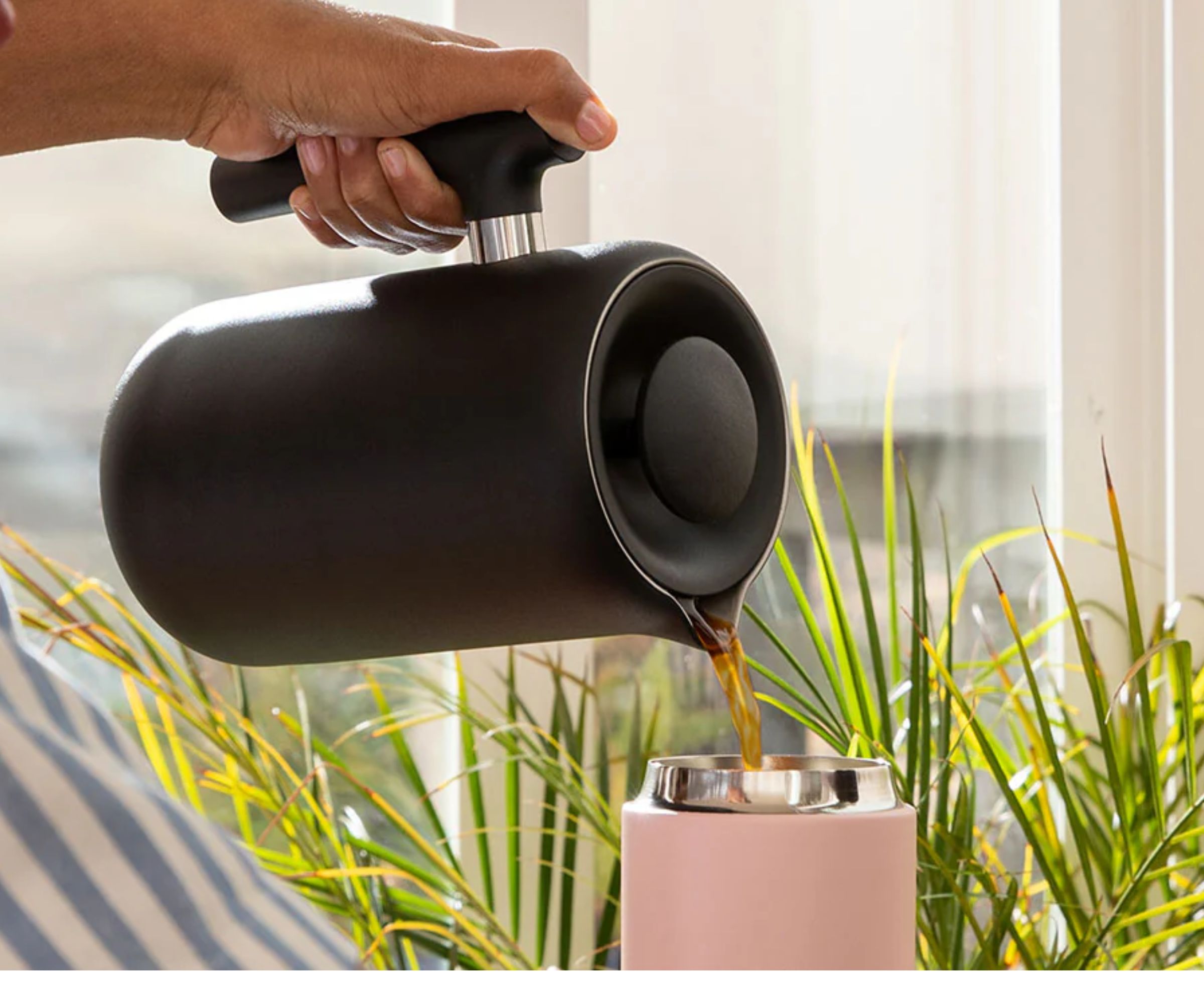
The first French press on record goes back to France in 1852. They're still a staple of every Instagrammable Sunday morning snap to this day. The best French presses are simple to use, with good capacity, and they're capable of making some delicious coffee in under five minutes. It depends on who you ask, but some people say that this is the most popular coffee maker in the world. It's certainly the most popular manual brewer.
Kayla says that 'the perfect French press is brewed by steeping grounds in hot water. Leave them for several minutes before pressing down a plunger to separate the grounds from the liquid coffee. It's a simple but effective process that produces a rich, full-bodied cup with oils and fine particles that contribute to its characteristic texture and taste.'
The average French press stands at 7.5 inches, with an eight-cup capacity, and it will weigh around 17 oz. There are plenty of alternative uses for a French press, from frothing milk to making sangria, so it's a versatile coffee maker. Here are some of my favorites.
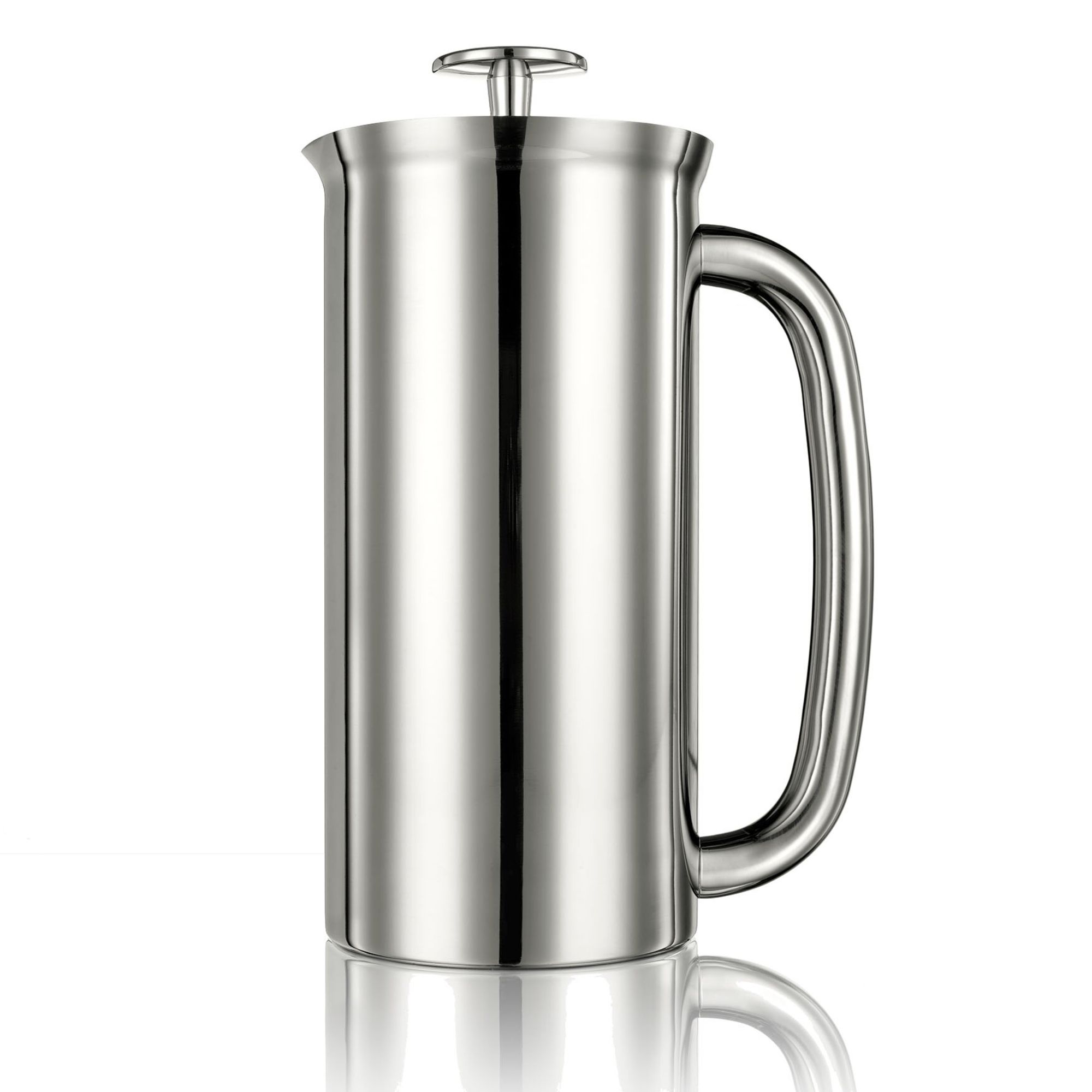
I've loved the P7 for a long time. It's sleek, stylish, and double-insulated to keep your coffee warmer for longer. The tight seal makes a killer cold brew too.
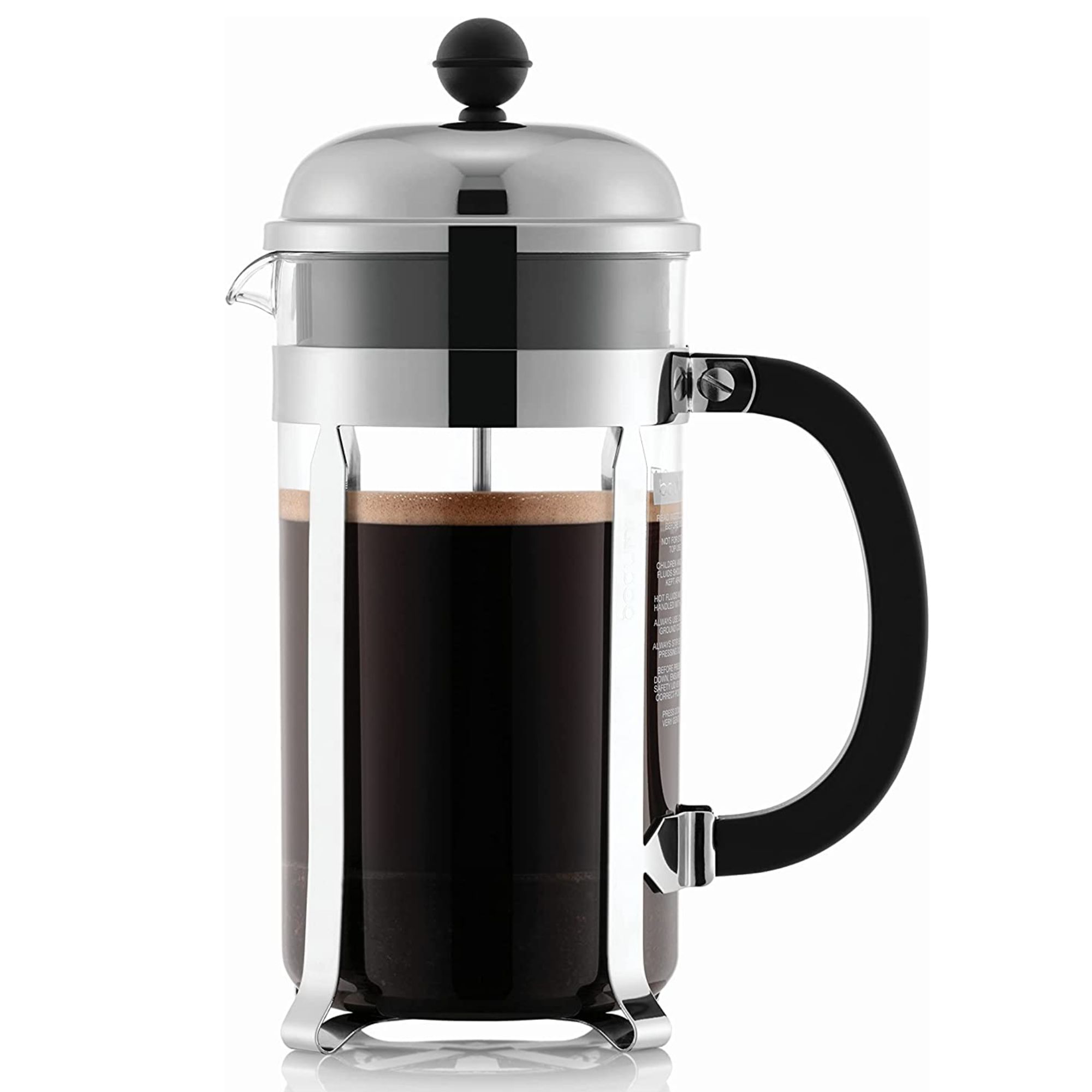
This is a classic design. The Chambord rivals AeroPresses on price but comes in glass and stainless steel. It's brilliant as long as you're not too clumsy.
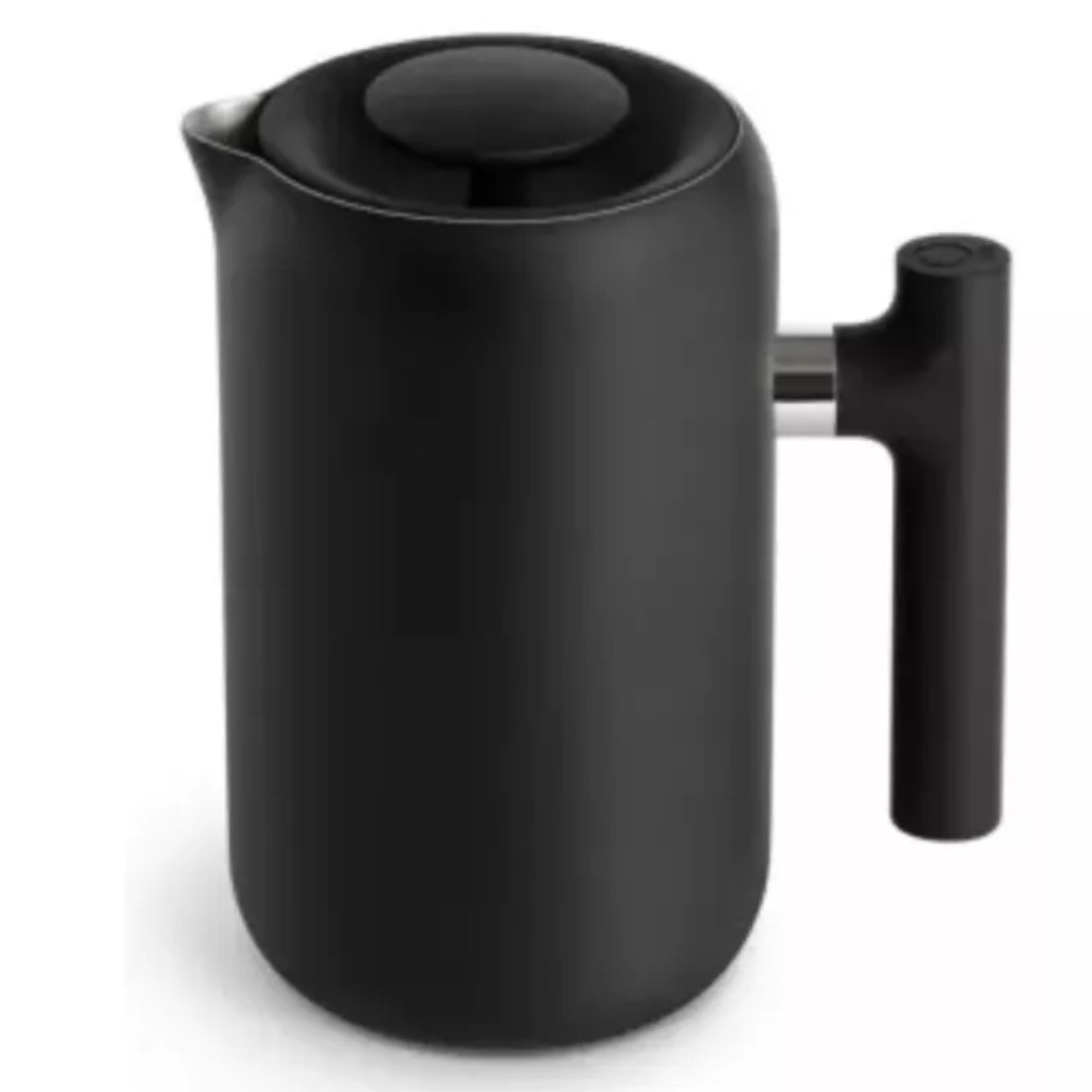
Fellow are coffee experts. They've designed this with sleek filters, excellent insulations, and a neat stirrer. It's an expensive option, but beautiful nonetheless.
How do they compare?
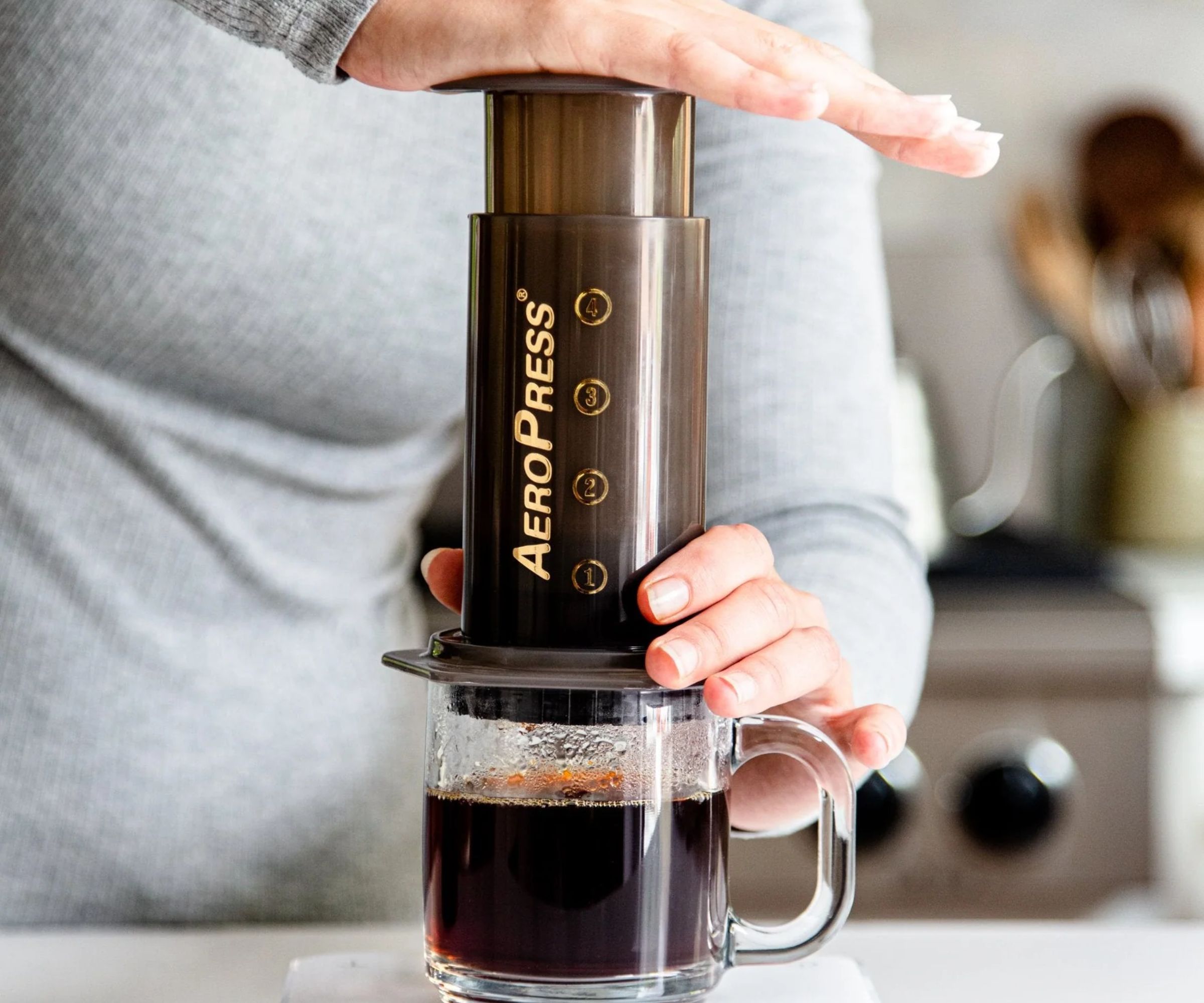
If you've scrolled through the AeroPress vs French press table and read how both work, you'll have spotted that French presses and AeroPresses are based upon very similar fundamentals. However, if you were blindfolded, you'd easily be able to tell the difference between the two. French presses only work with coarsely ground coffee. This passes through a single, or double, stainless steel filter. However, because of the size of these large coffee grounds, the longer extraction, and thinner filters, you'll get a more bitter cup of coffee. Plenty of people actively enjoy this edge to their coffee flavors, but some want something a little lighter.
The paper and metal filters that come with the AeroPress give a smoother, cleaner cup of coffee. Paper is an ongoing cost (and another thing to dispose of), but it's key to making coffee in the AeroPress. The beauty of this method is that the paper and coffee puck are easy to dispose of. Kayla told me that 'the AeroPress wins hands-down in terms of clean up. The puck is neat and easy to eject directly into the trash and then the rest of the rinse is easy.'
French presses are brilliant for use in the kitchen. They're often made from glass and stainless steel, but that means that they're not very travel-friendly. Lots of people who invest in the AeroPress do so for its sheer size and portability. Stavridis praised the AeroPress for its 'lightweight and durable build. Even if you're not a camper or regular traveler, it's still an easy coffee maker to have around the home.' For some, the premium feel of a French press' glass and metal is unbeatable. However, for more clumsy coffee makers, it's an accident waiting to happen.
Should you get an AeroPress or a French Press?
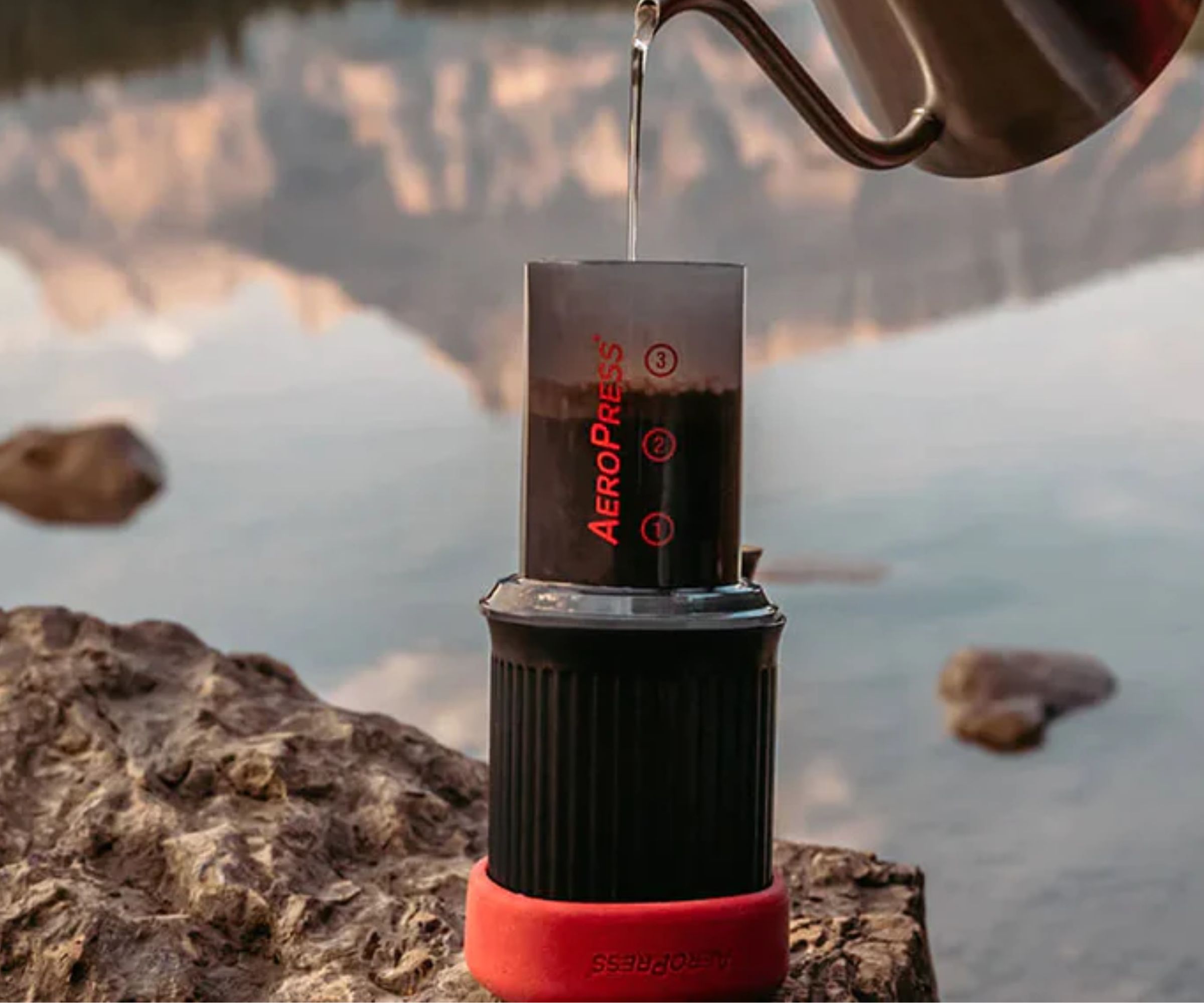
Sadly, there's no straightforward answer to the AeroPress vs French press debate with a universal statement. The French press is a traditional brewing method, which boasts great capacity, and simple functionality. The AeroPress is quick, slick, and modern.
I used to be a ride-or-die French press enthusiast. As a bit of a traditionalist, I feel like I'm stepping out of character in how much I love the fashionable AeroPress. I'm not alone though. Kayla Stravridis was telling me that it's her daily go-to. She loves hers because it's versatile, quick, and easy to clean. Plus, the flavors are smoother and cleaner. If the experts have been converted, surely it's worth a try?
Sign up to the Homes & Gardens newsletter
Design expertise in your inbox – from inspiring decorating ideas and beautiful celebrity homes to practical gardening advice and shopping round-ups.

Laura is our eCommerce editor. As a fully qualified barista, she's our expert in all things coffee and has tested over thirty of the best coffee makers on the market. She has also interviewed Q-Graders and world-leading experts in the coffee industry, so has an intimate knowledge of all things coffee. Before joining Homes & Gardens, she studied English at Oxford University. Whilst studying, she trained as a master perfumer and worked in the luxury fragrance industry for five years. Her collection of home fragrance is extensive and she's met and interviewed five of the world's finest perfumers (also known as 'noses'). As a result of this expansive fragrance knowledge, she always puts quality and style over quantity and fads. Laura looks for products which have been designed simply and with thoughtful finishes.
-
 Martha Stewart's tips for arranging daffodils are unbelievably simple and effective – it's the only flower advice you need this springtime
Martha Stewart's tips for arranging daffodils are unbelievably simple and effective – it's the only flower advice you need this springtimeMartha shows us that we can create gorgeous bouquets of this seasonal flower by simply trimming the stems and placing them in specific vases
By Hannah Ziegler Published
-
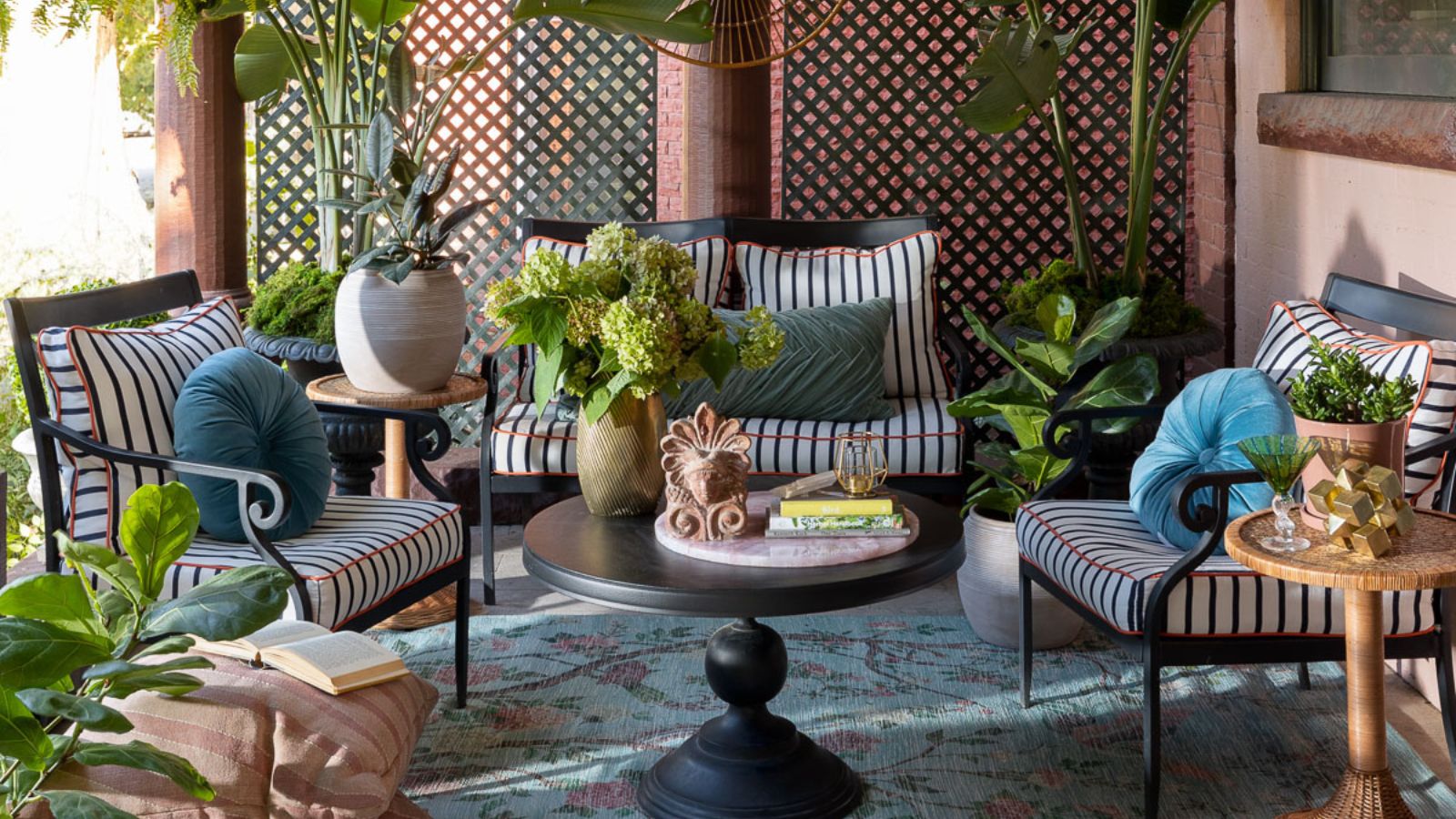 Designers share how to make your outdoor living room look more expensive – and the affordable products to get you there
Designers share how to make your outdoor living room look more expensive – and the affordable products to get you thereFrom layered lighting to luxe-looking textiles, these simple swaps made all the difference
By Charlotte Olby Published
